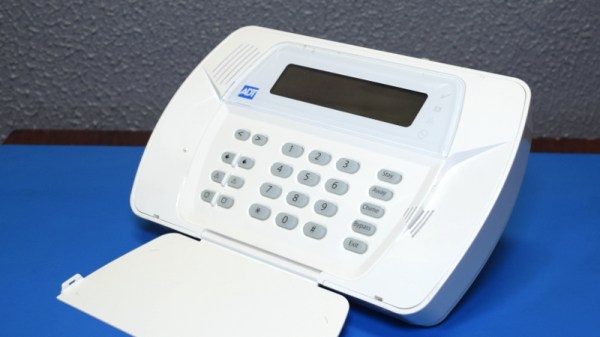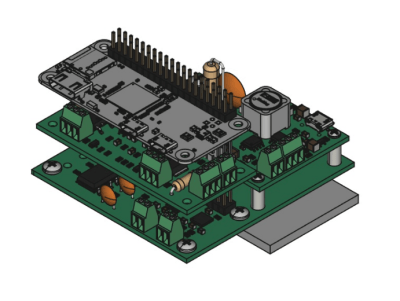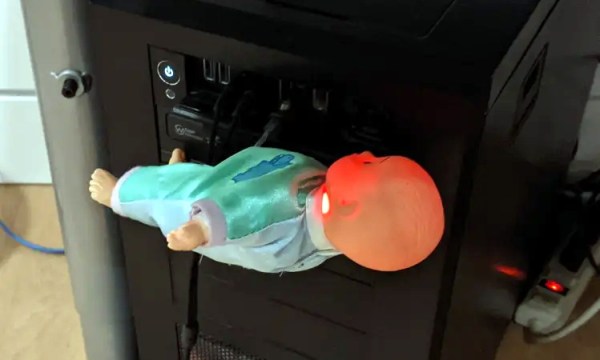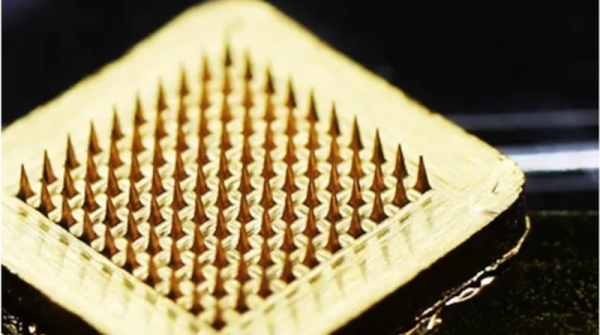The Hackaday Remoticon is happening this November 19th and 20th and the whole Internet is invited. This time around we’re packing the weekend with talks about all the hardware, software, special skills, and inspiration that gets poured into the world of electronic stuff.
Send in your talk proposal now! I know, Call for Proposals sounds so official, but it’s really just a matter of giving us a summary of what the talk will cover, and an in-depth description where you make your case on why the talk is relevant to the people who will be watching it.
We go out of our way with all of our Hackaday conferences to get first-time speakers up on stage (or I suppose in front of a webcam in this case). Whether it’s your first time or your fortieth, the substance of the talk is what matters the most — we want to see what you’ve been doing at your workbench and in your lab so please give us a window into that part of your life.
Like many of you, we desperately wanted to get back to an in-person Hackaday Superconference this year. We waited until now to make the call in hopes that maybe a smaller live conference would be possible, but at this point, even if we could pull off the weekend safely, it’s hard to imagine people would have the relaxing good time that Supercon has come to be known for. On the plus side, holding a virtual event like Remoticon means more of the Hackaday community gets to join in on the action. To shake things up for 2021, we’re pivoting away from workshops to make room for more talks and adding some excellent new ways for you to participate that we’ll be sharing more about very soon.
But to pull it off we need a slate of engineers, hackers, and geeks who want to share what they’re passionate about with a captive audience of like-minded individuals. Think you’re up to the challenge? Submit your ideas and let’s build something amazing. Or if you’d rather just kick back and watch, reach out to your favorite hacker and encourage them to speak. The one huge upside of a virtual conference is that it breaks down the time and treasure barriers of travelling to Pasadena to participate, and having this event accessible to a much wider range of people is something we can all get behind.





















